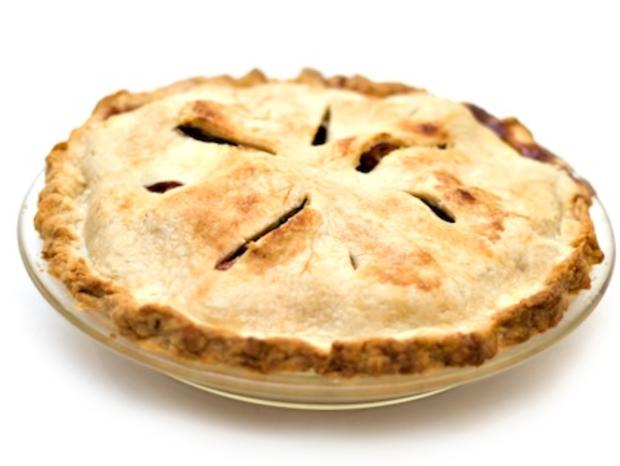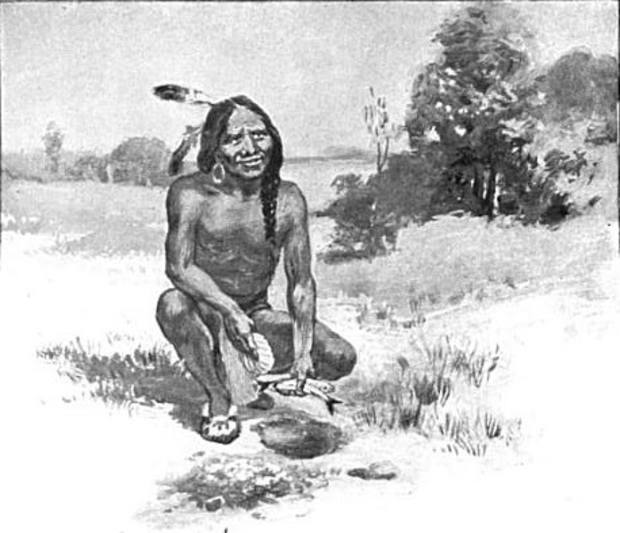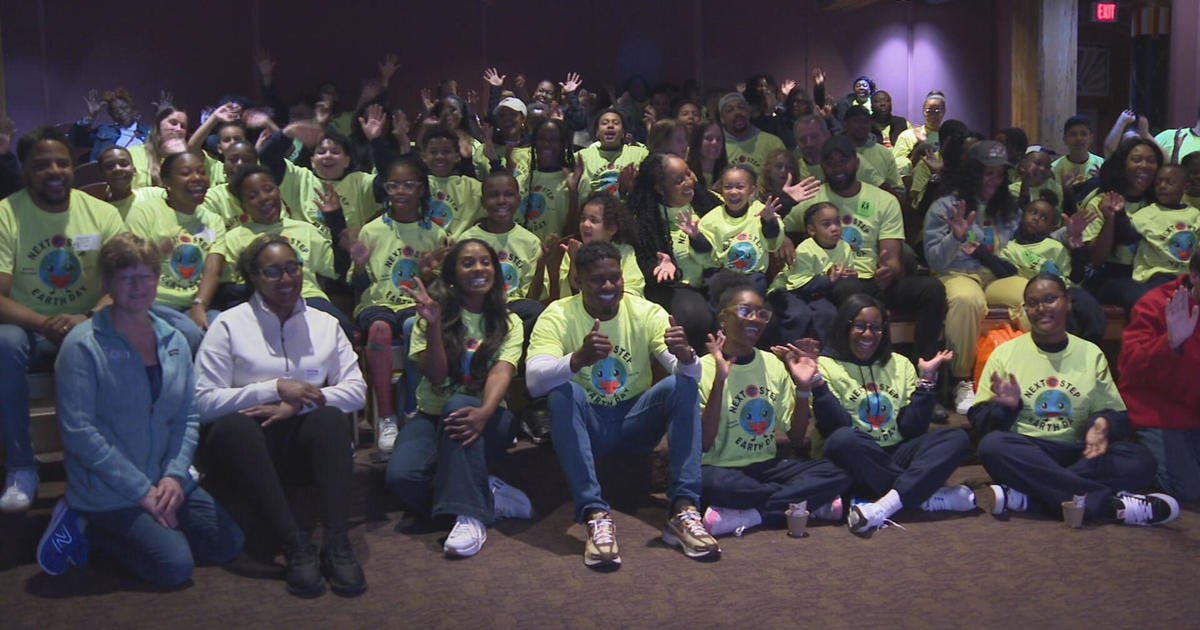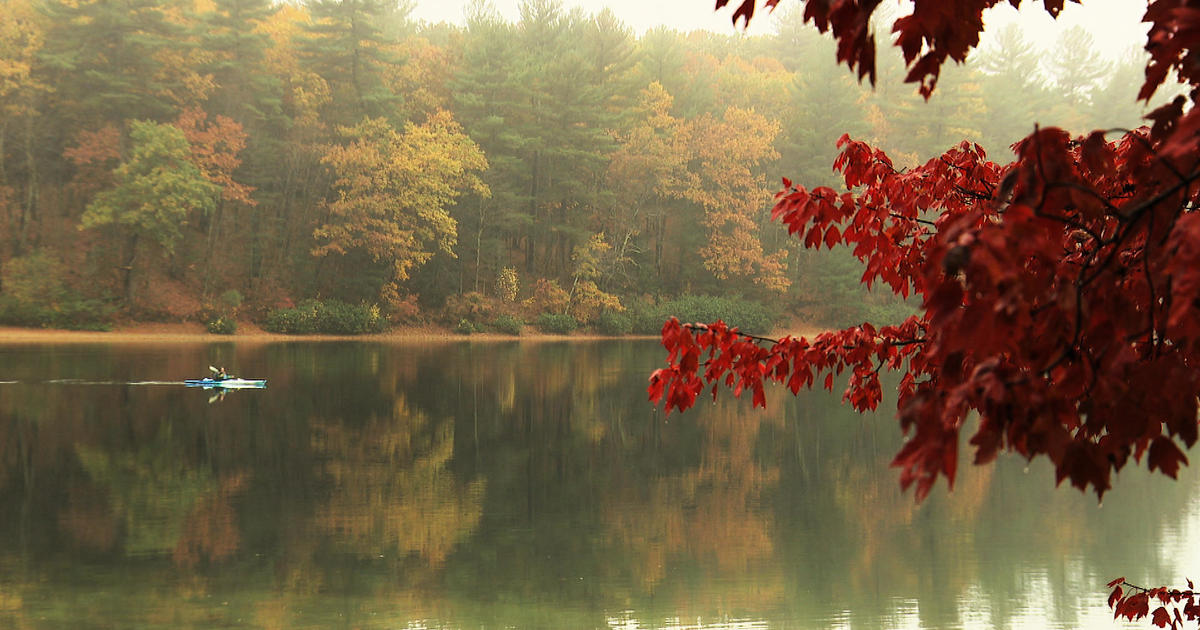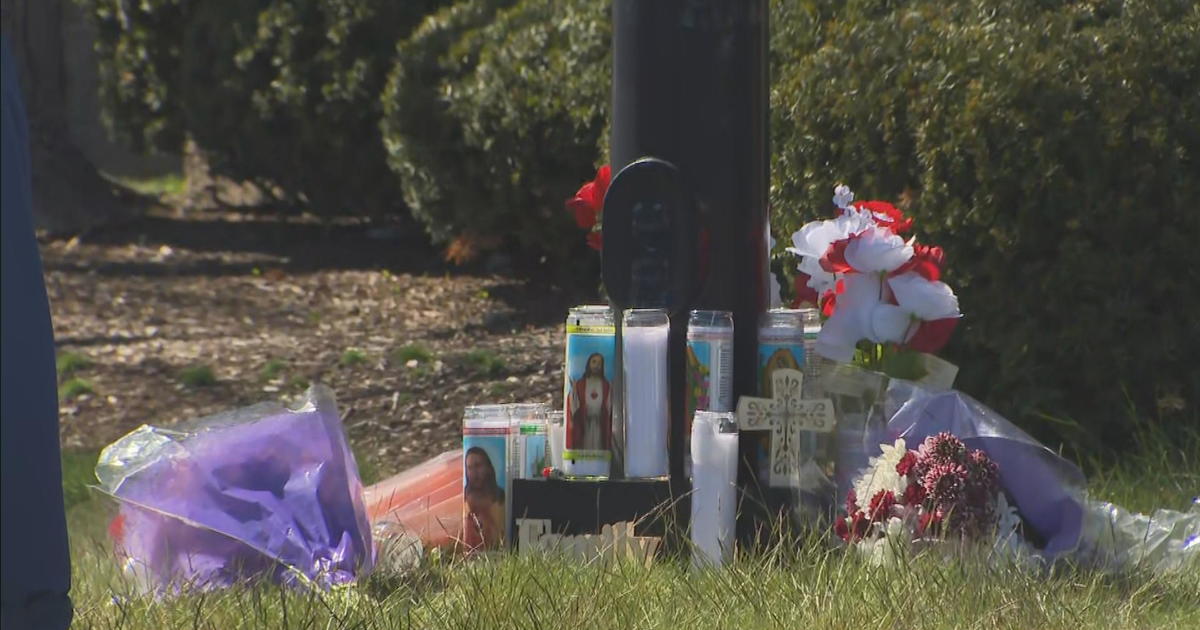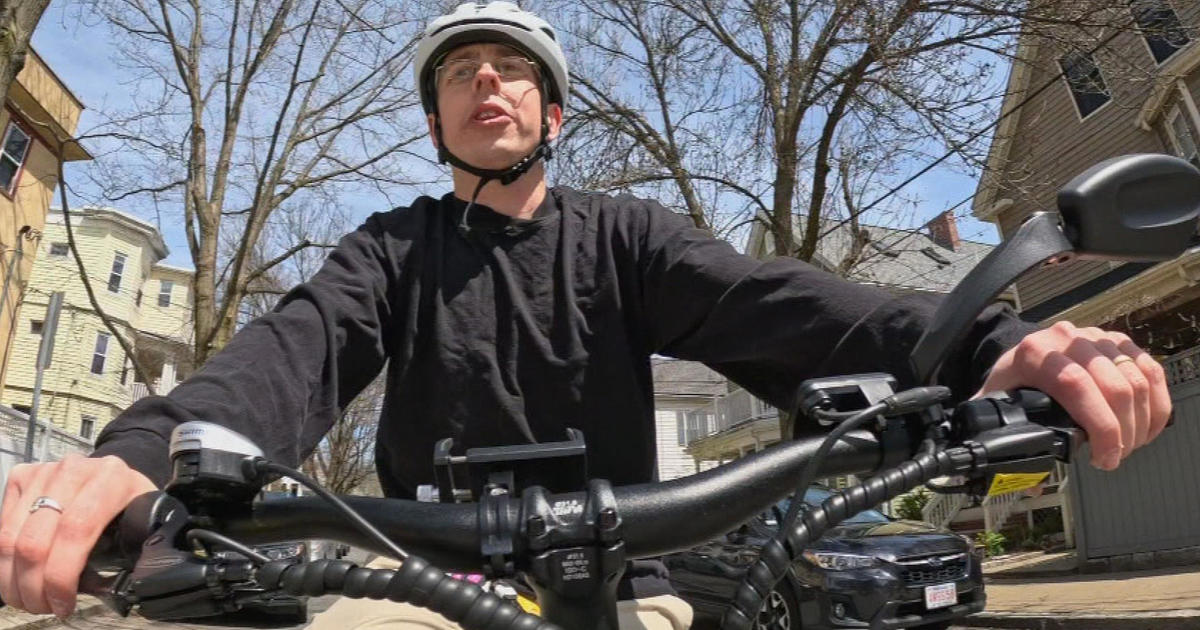5 Things You Didn't Know About The First Thanksgiving
1. Not In Mass.
Contrary to the historical credit given to the Pilgrims, there are four states - Florida, Texas, Maine and Virginia - that all claim to be the site of the first Thanksgiving as well. And according to Plimoth (yes, that is the correct spelling) Plantation, there are historical documents that mention Spanish explorers and other English colonists celebrating religious services of thanksgiving before the Pilgrims arrived on board the Mayflower. These isolated celebrations were not believed to have played any role in the evolution of the American Thanksgiving holiday.
2. As American As Apple Pie
Bad news, folks. There was no apple pie at the first American Thanksgiving. In fact, there weren't any apples within 3,000 miles. Apples are not native to North America. Colonists brought them over from England. Some suggestions of what was served include berries, squash, lobster and cod. But there's apparently only documented evidence of seasonal wildfowl and venison being served.
3. Choosing The Date
The date of Thanksgiving came down to holiday shopping. The first Plymouth Thanksgiving was held in the Fall of 1621 as a 3-day event. A thanksgiving holiday was held in Massachusetts in July of 1623 after rain broke a drought. Subsequent Thanksgiving holidays were held in September, November and December. George Washington issued a Thanksgiving Proclamation on November 26. Some presidents ignored the holiday. Lincoln dubbed the last Thursday of November a national Thanksgiving holiday in 1869. Roosevelt messed with the date during the Great Depression because he was concerned about a shortened Christmas shopping season, prompting a couple of states to hold two celebrations. Eventually, legislation was passed to on November 26, 1941 that returned Thanksgiving to the fourth Thursday in November.
4. Squanto's Return
In 1614, the American Indian Squanto was kidnapped from the Plymouth area by explorer Thomas Hunt and nearly sold into slavery in Spain. He was rescued by Spanish friars and managed to get to England. There, he learned English, and eventually took part in a voyage to Newfoundland in an attempt to return home. His efforts to get from Newfoundland to his home were unsuccessful, and Squanto was forced to return to England in 1618. In 1619, he returned to America, only to find out most of his and other area tribes had been wiped out by a plague. Two years later, Squanto helped the Pilgrims establish themselves by teaching a new style of crop-growing, hunting and fishing. This led to the Harvest Feast, which is considered to be the first example of modern day Thanksgiving. Squanto was there to celebrate. He also helped coordinate a truce between the Pilgrims and area tribes before dying the following year.
5. Cranberry Sauce
Cranberry sauce is a staple of the modern Thanksgiving dinner. But it probably was not served at the first Thanksgiving. Cranberries are native to America. If cranberries were served, it was likely as part of a Native American dish called pemmican, which consisted of crushed cranberries, dried deer meat and melted fat. As for the first commercial cranberry sauce, it was created around 1912 right here in Massachusetts.

